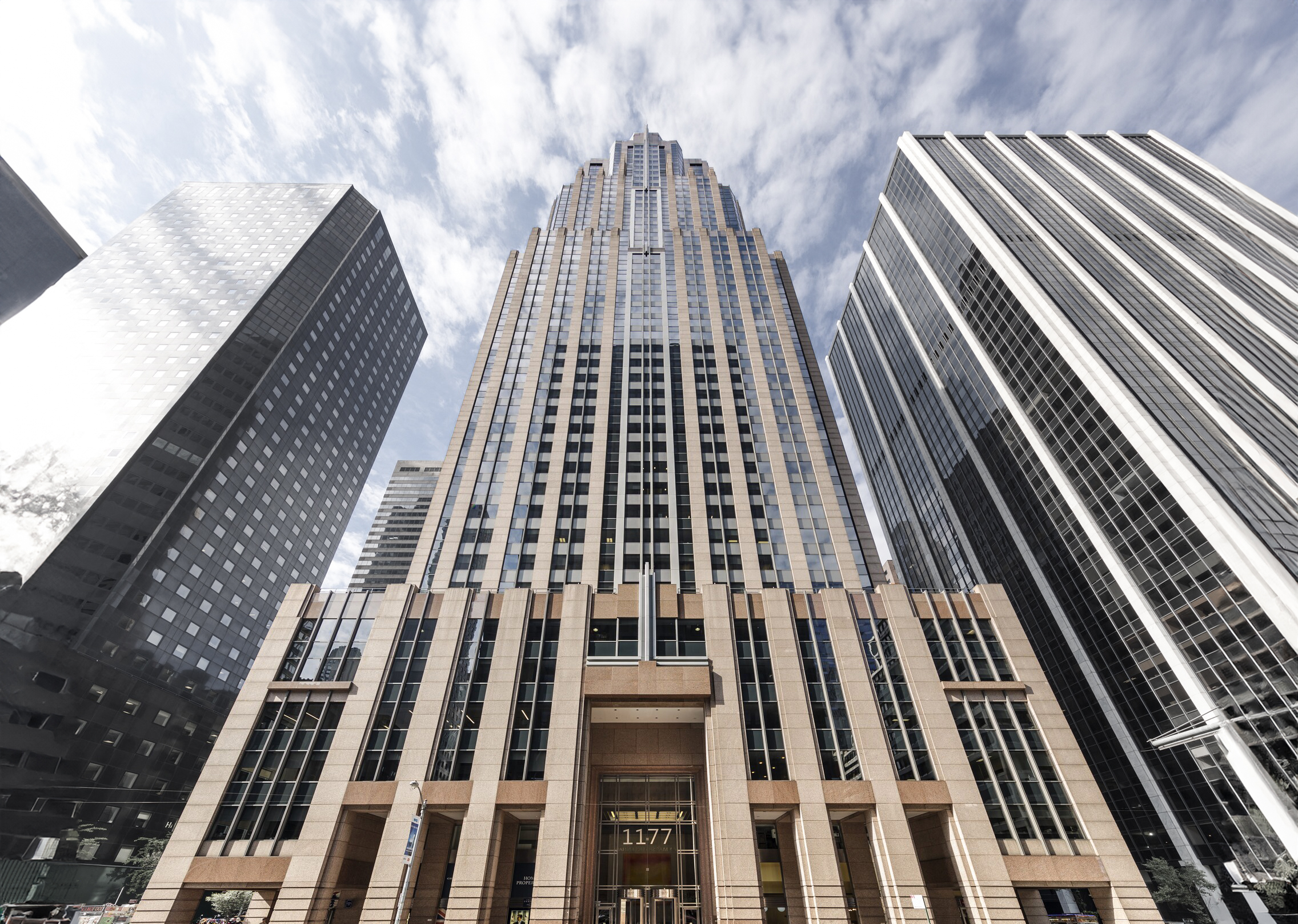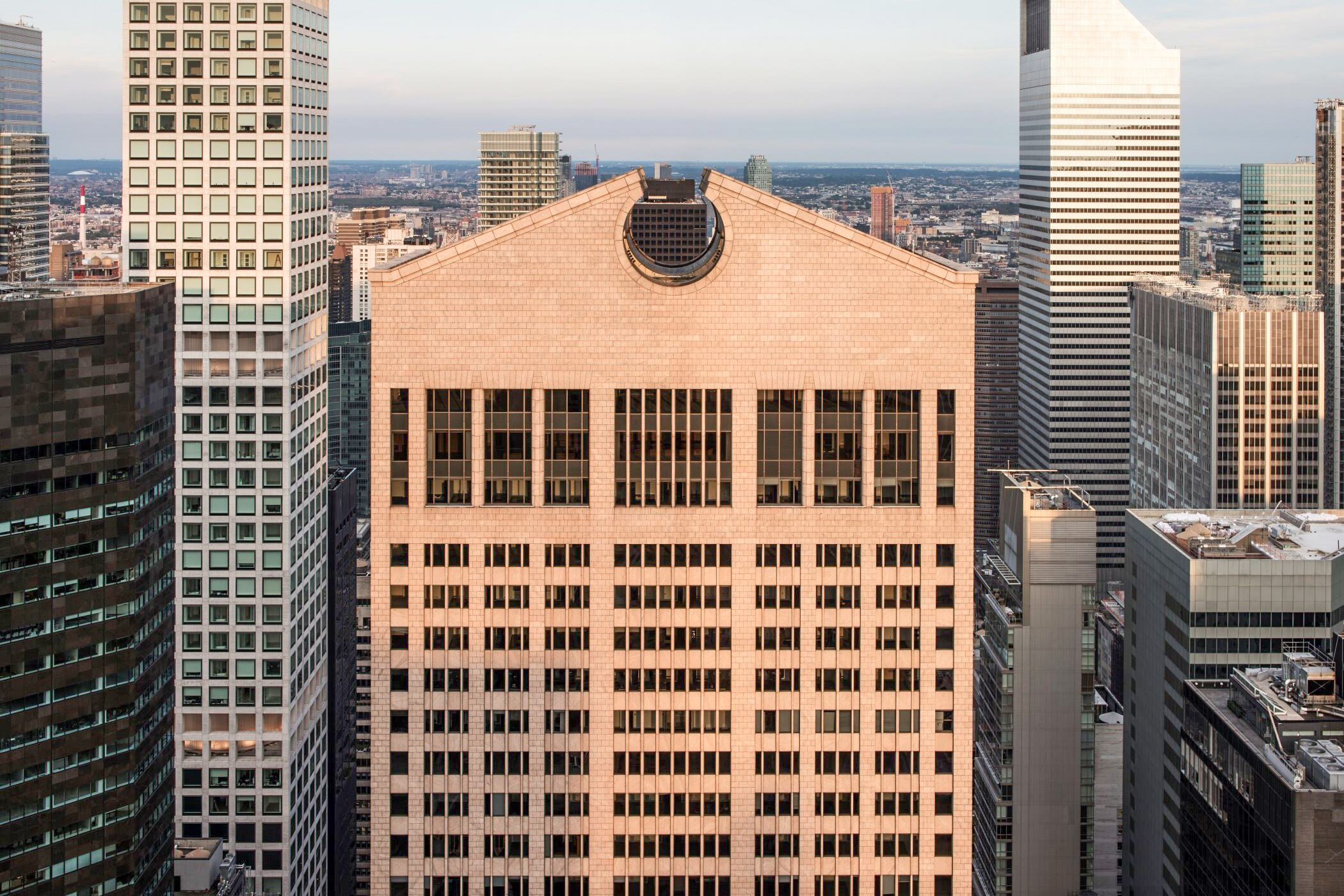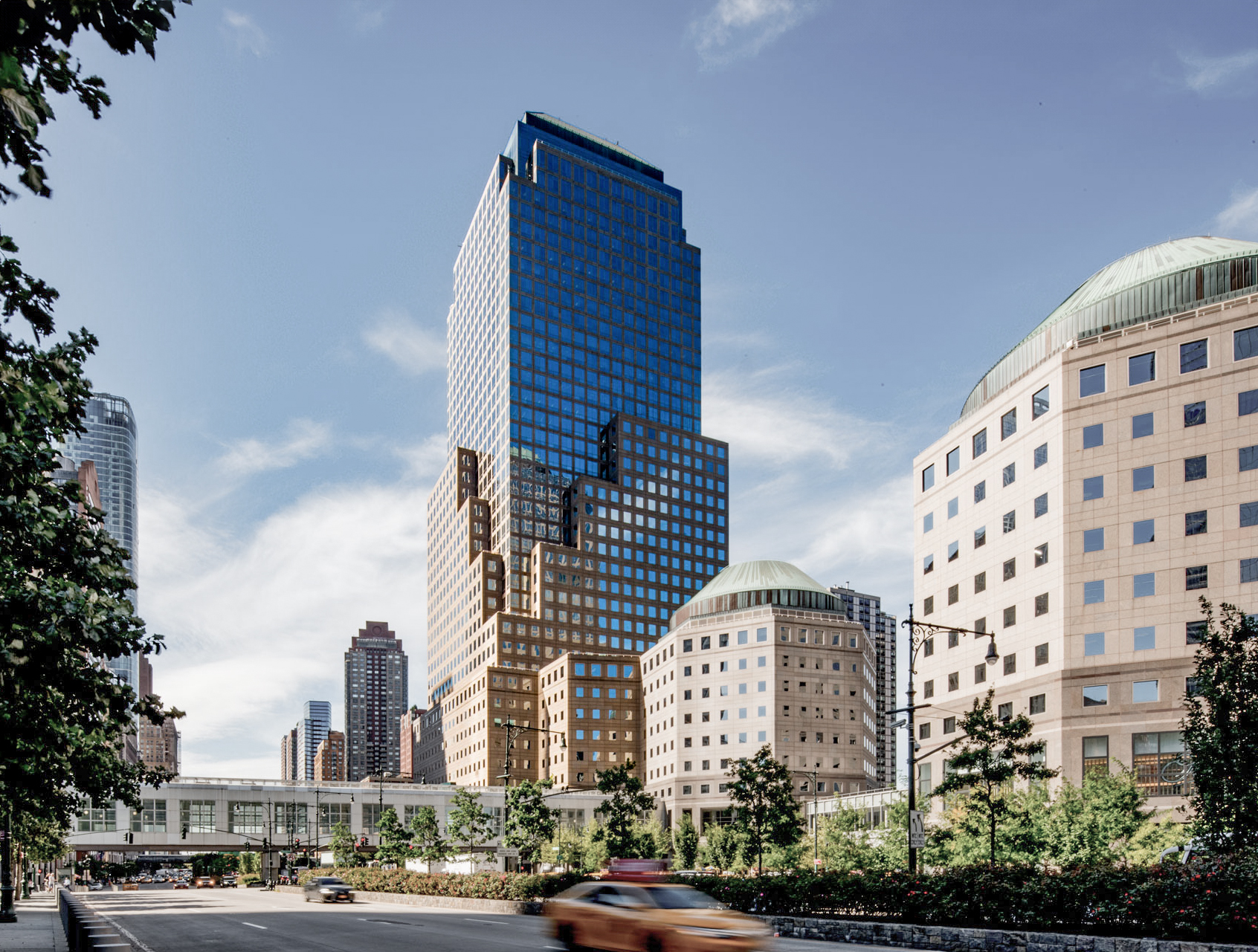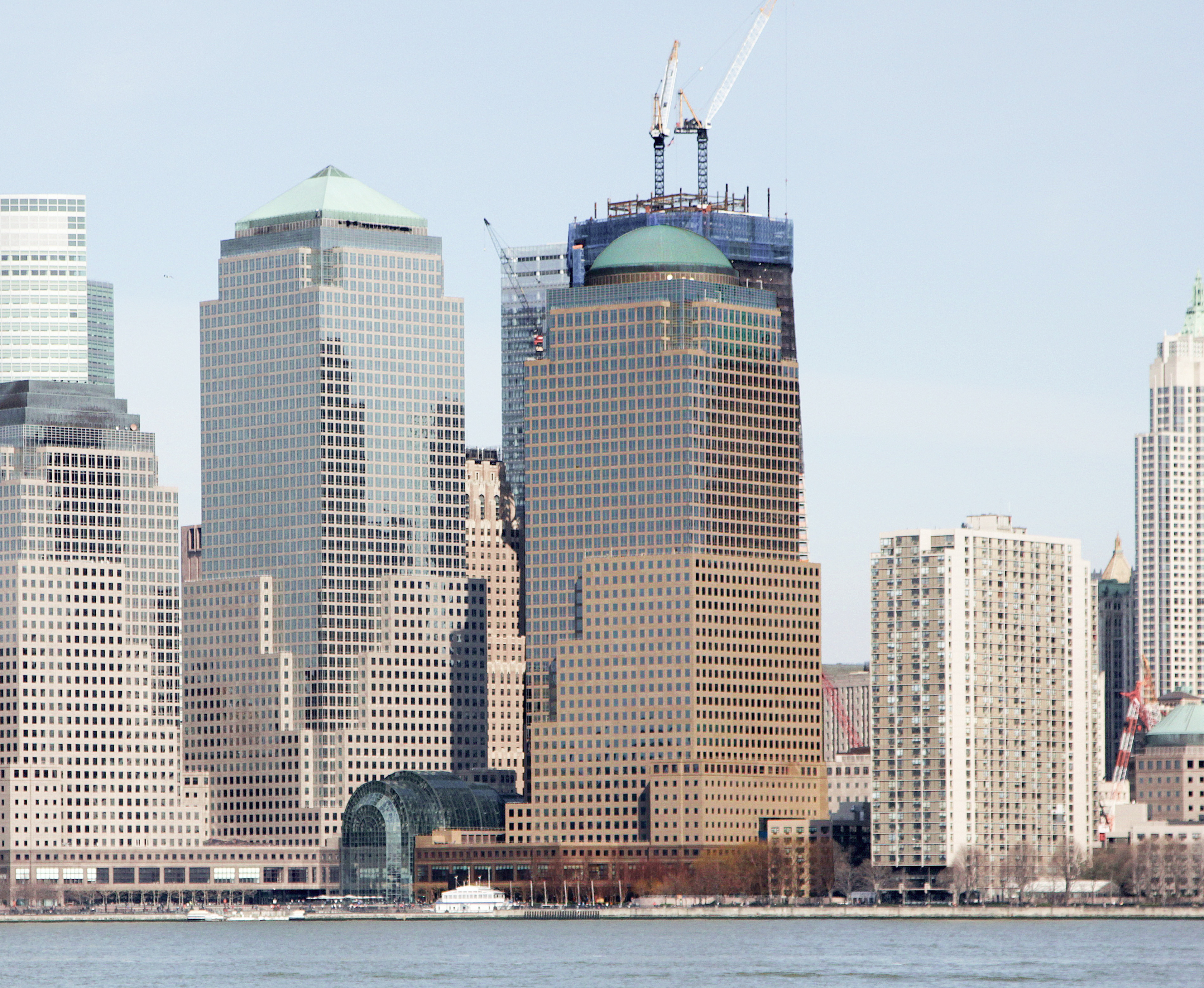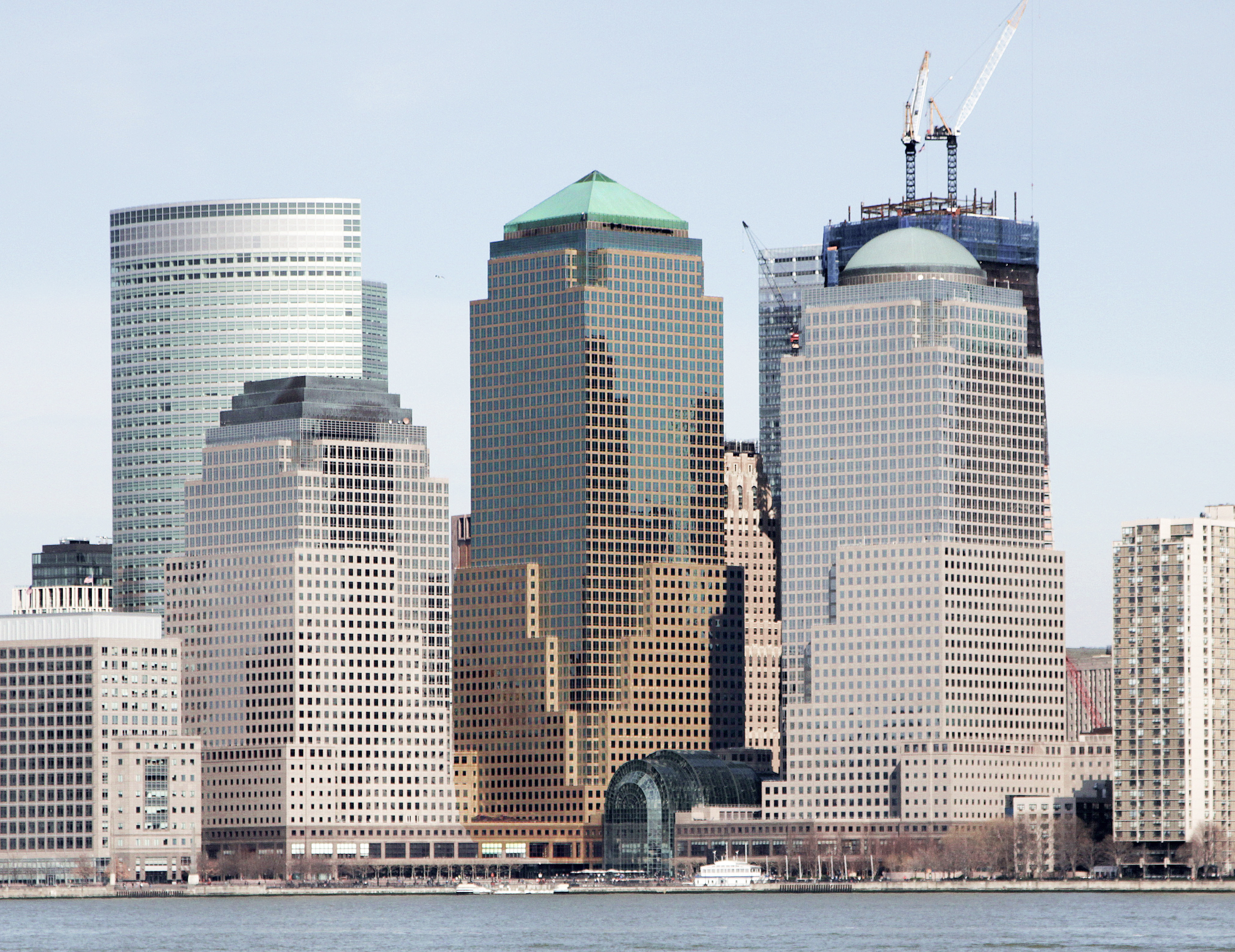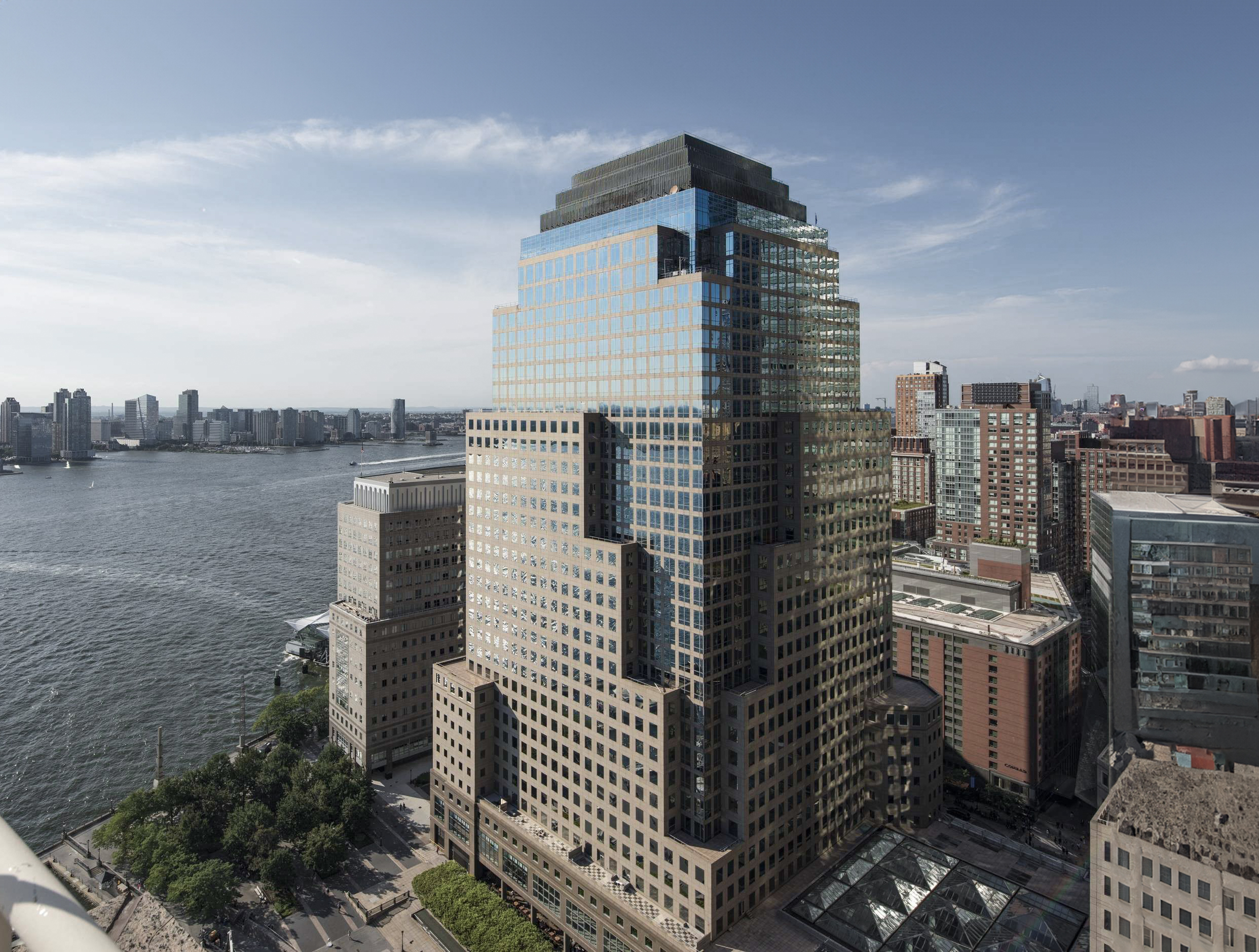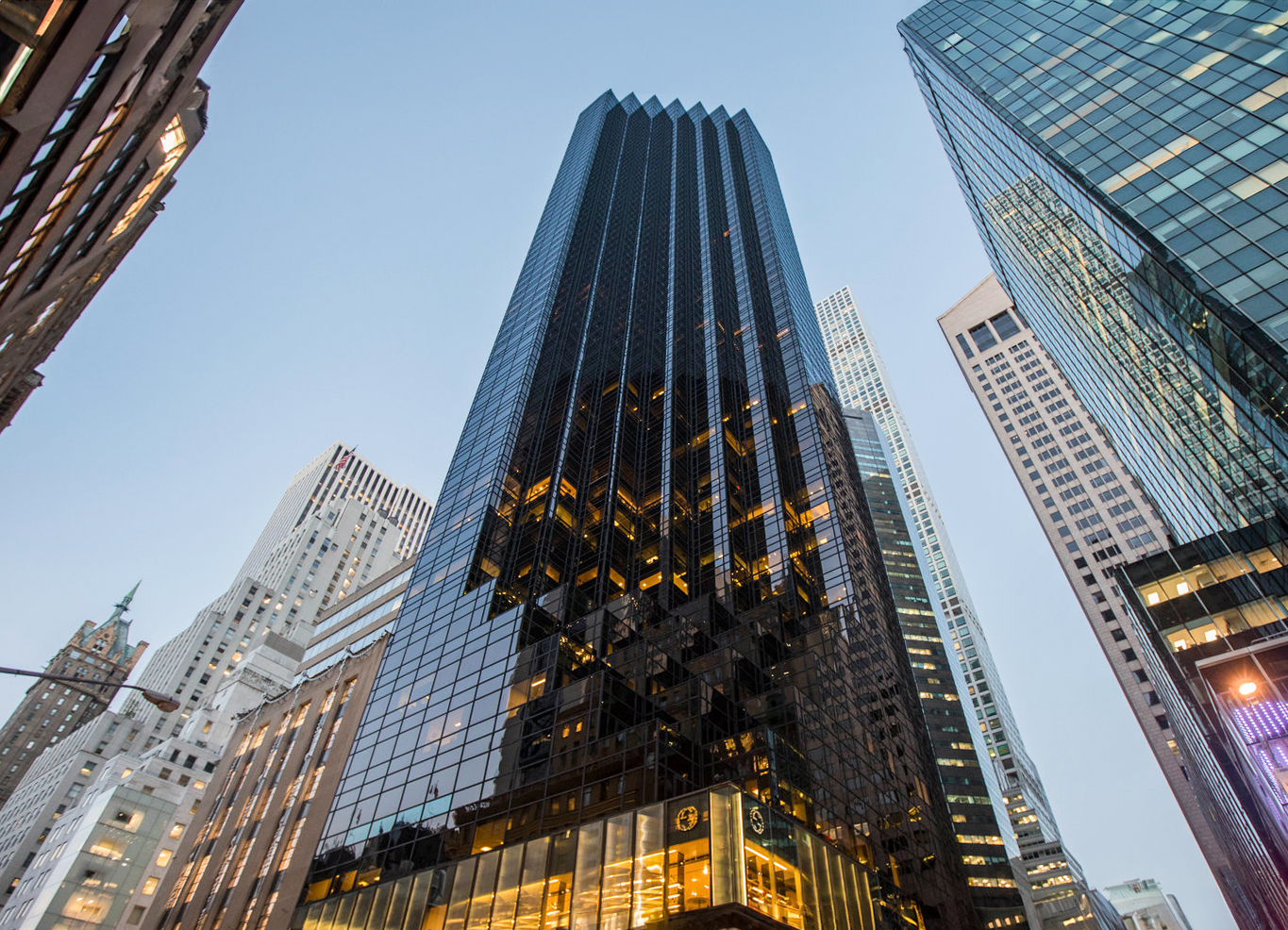The Americas Tower is a Postmodernist skyscraper designed by Swanke Hayden Connell Architects, and built between 1989 and 1992 in New York, NY.
Americas Tower is not the only name you might know this building by though. The building is, or has also been known as 1177 Avenue of the Americas.
Its precise street address is 1177 6th Avenue, New York, NY. You can also find it on the map here.
The building underwent a major restoration in 2013.
